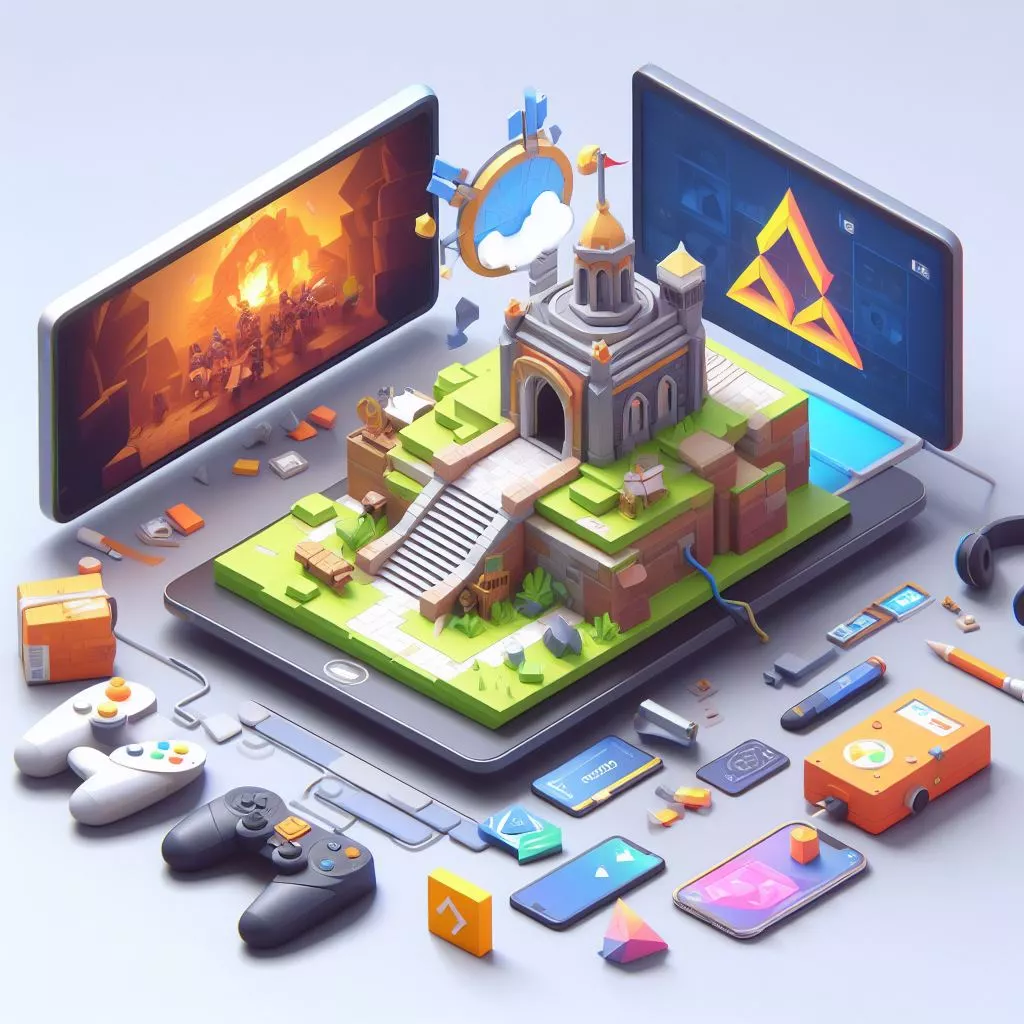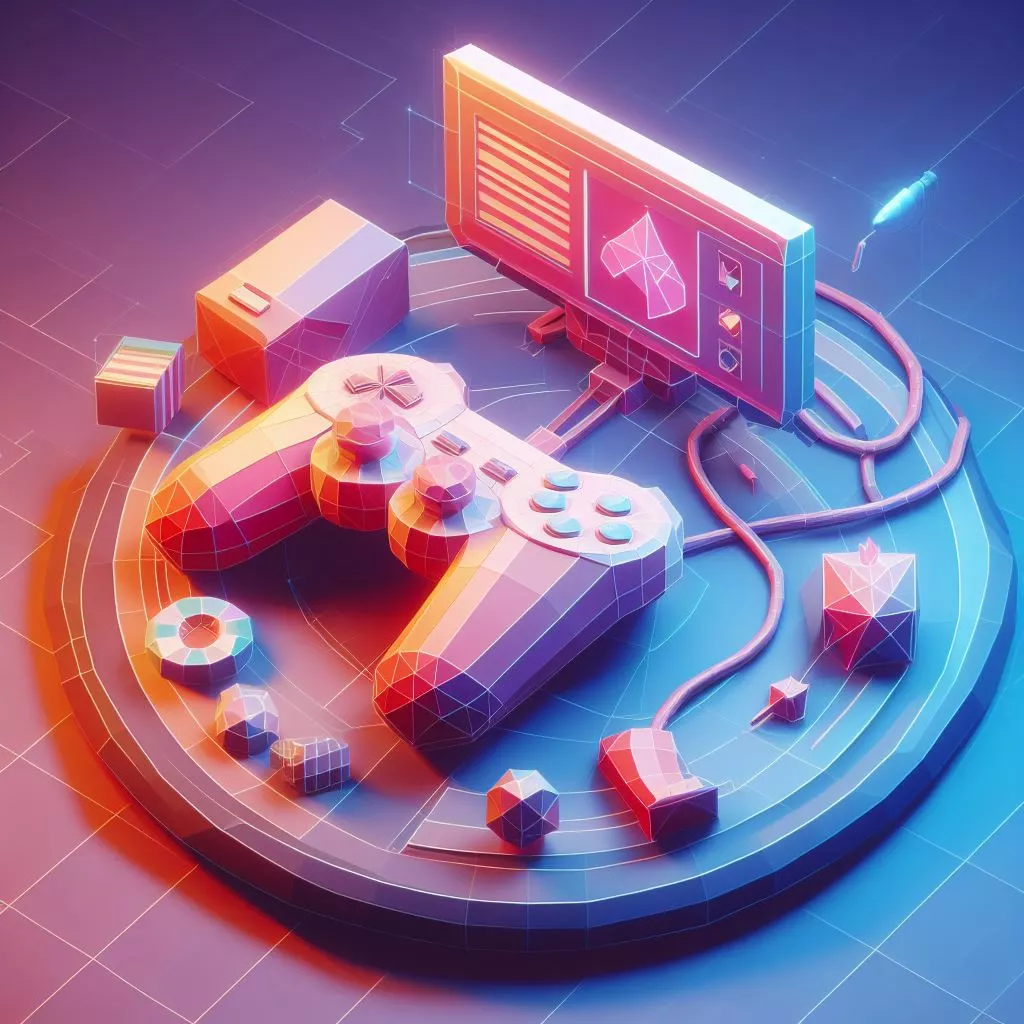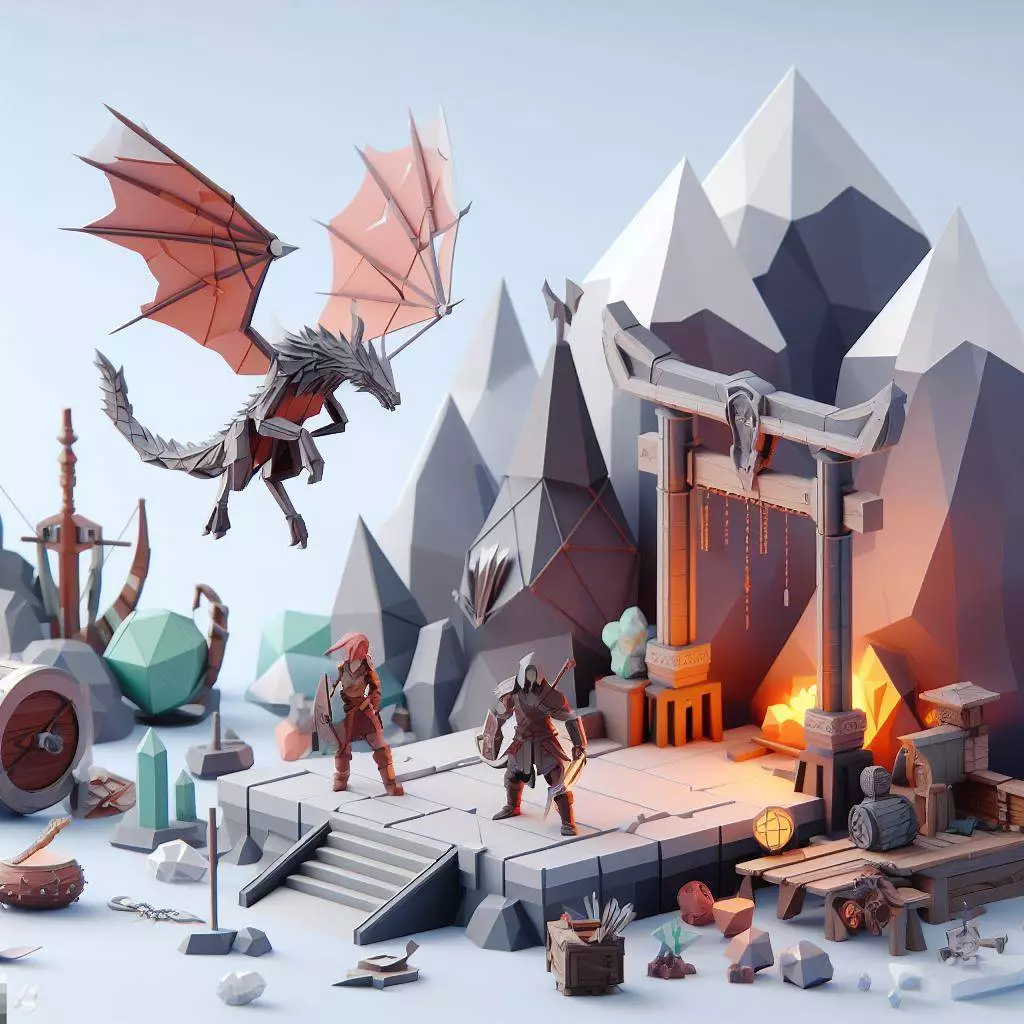Welcome to the exciting world of 3D modeling, where creativity knows no bounds! In this friendly guide, we’ll embark on a journey to demystify the art of creating low-poly models for video games. Whether you’re a seasoned artist or a curious beginner, the allure of crafting virtual worlds is something we can all appreciate. So, grab your favorite beverage, settle into your creative space, and let’s dive into the captivating realm of low-poly 3D modeling.
Understanding Low-Poly Magic
First things first, what exactly is low poly, and why is it so magical for video games? Low poly refers to a style of 3D modeling that utilizes a minimal number of polygons, resulting in a simplistic yet visually appealing aesthetic. This style not only adds a unique charm to your creations but is also crucial for optimizing performance in video games. Now, let’s unravel the secrets to weaving this magic into your own digital masterpieces.

Choosing the Right Software
To embark on your low-poly adventure, you’ll need the right tools. Popular 3D modeling software like Blender, Maya, or Cinema 4D are excellent choices, offering user-friendly interfaces and robust features. Pick the one that feels like a comfortable extension of your creativity and get ready to sculpt your ideas into digital reality.
Embrace Simplicity in Design
The essence of low-poly art lies in simplicity. Begin by conceptualizing your design with a keen eye for clean lines and uncomplicated shapes. Whether you’re crafting characters, environments, or objects, think in terms of basic geometric forms. Triangles, squares, and circles will become your artistic allies, allowing you to create memorable visuals with a minimalist touch.

Mastering the Art of Detail
While low poly celebrates simplicity, that doesn’t mean your models have to lack character. Embrace the challenge of conveying details with strategic placement of polygons. Focus on key features that define your creation and use them to convey personality. Remember, it’s not about the quantity of polygons but the thoughtful arrangement that brings your model to life.
Texture Mapping and Coloring
Texture mapping adds the finishing touches to your low-poly masterpiece. Keep in mind that efficient use of textures can enhance the overall look while maintaining a lightweight design. Experiment with colors that evoke the mood you envision for your game. Whether you opt for a vibrant palette or a subdued one, let your creativity guide you.
Optimizing for Performance
As you finalize your low-poly creation, it’s crucial to optimize for performance. Consider the technical constraints of the gaming platform and ensure your model runs smoothly without compromising visual appeal. Striking the right balance between aesthetics and functionality is the key to a successful low-poly game asset.

Congratulations! You’ve now embarked on a creative journey into the captivating world of low-poly 3D modeling for video games. Remember, there’s no one-size-fits-all approach to art, so feel free to experiment, learn, and let your imagination run wild. As you hone your skills, you’ll discover the joy of bringing your unique visions to life in the enchanting realm of virtual worlds. Happy modeling!


Pingback: Corsair TC100: A Gamer Chair with Exceptional Comfort